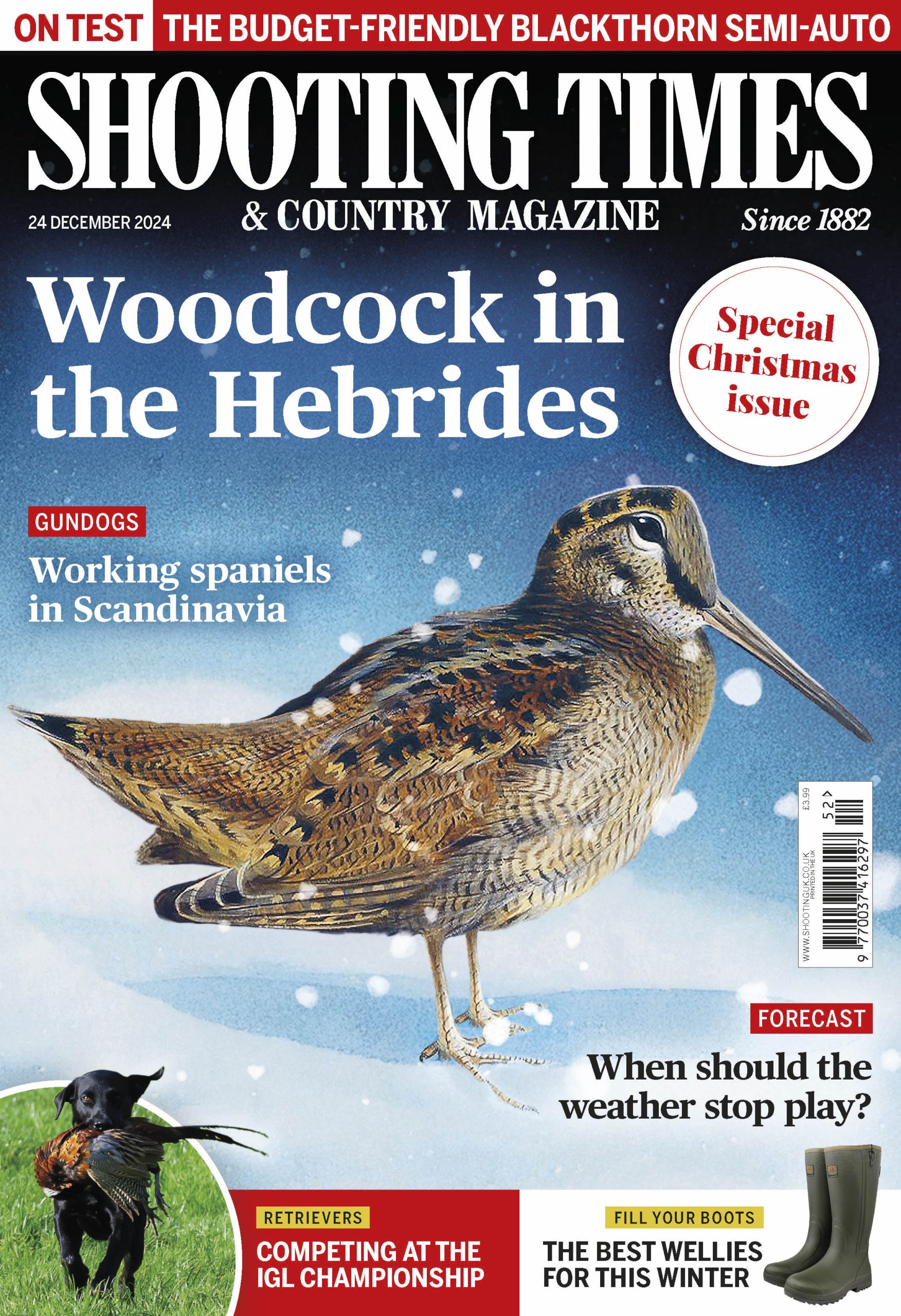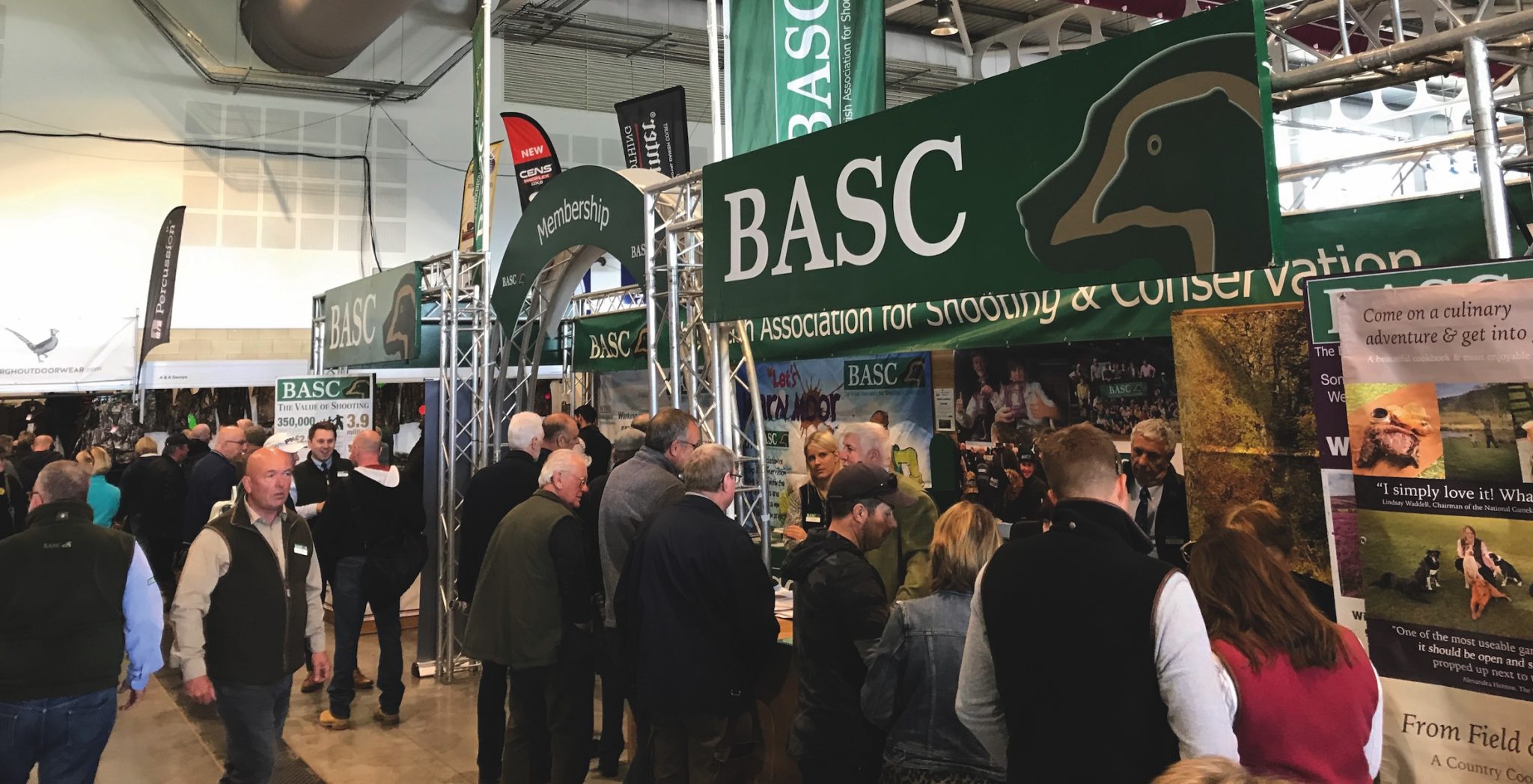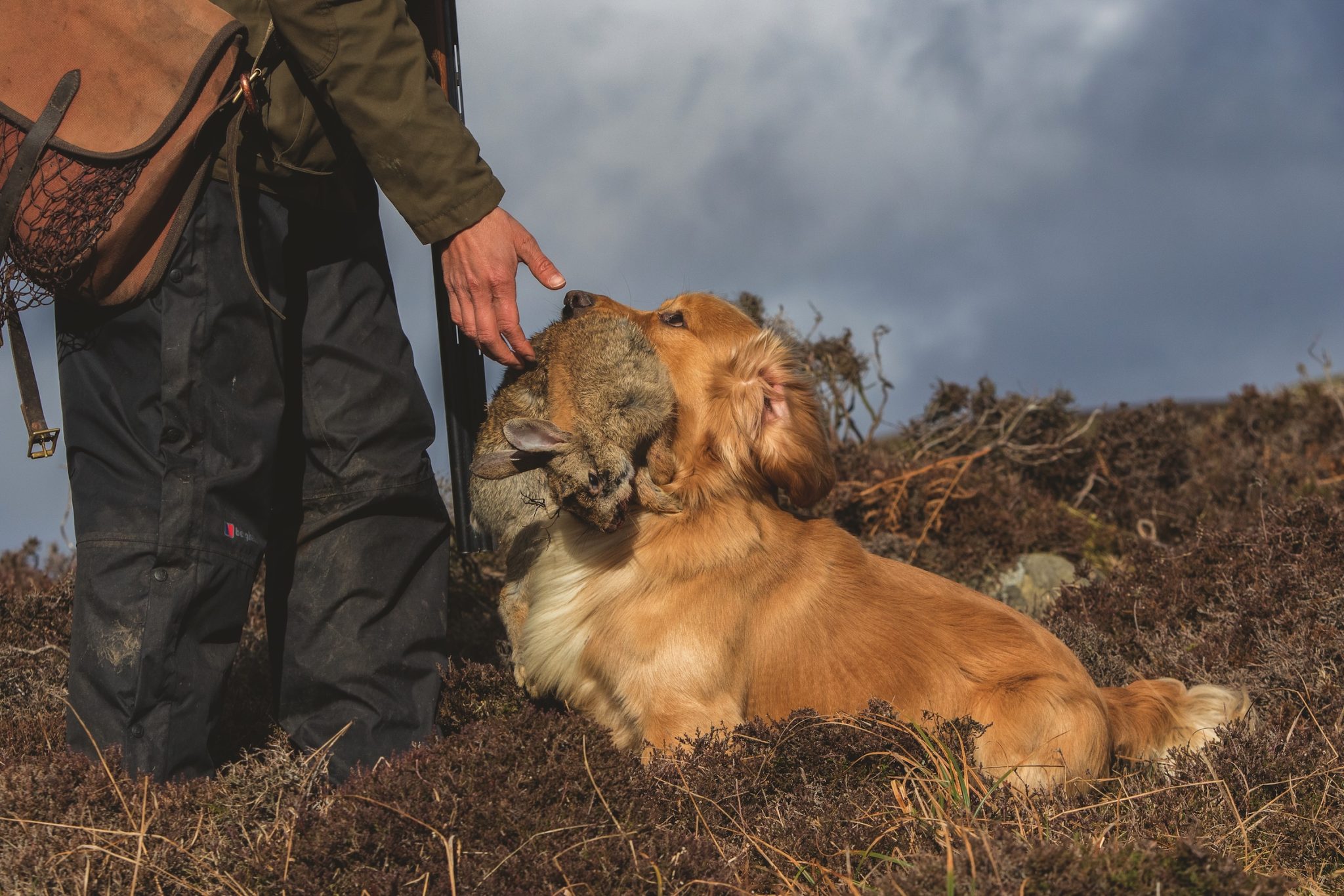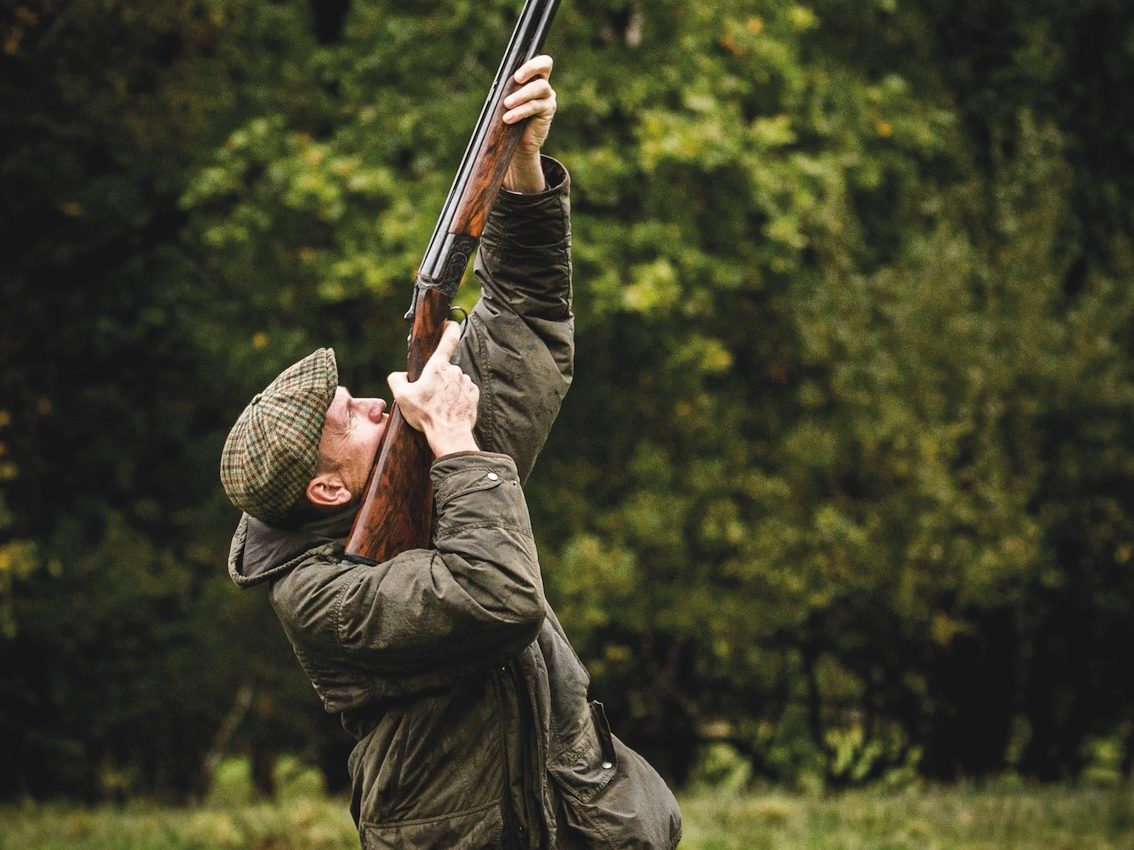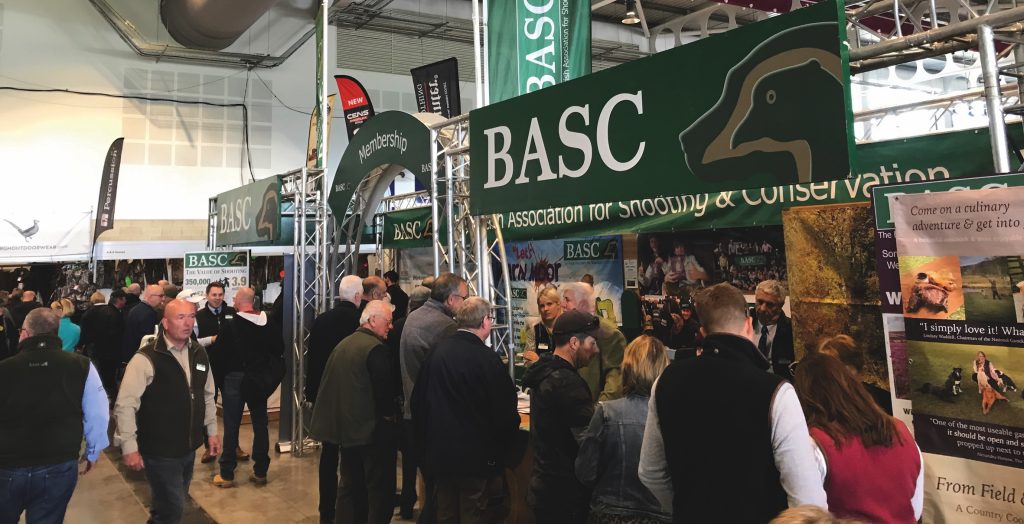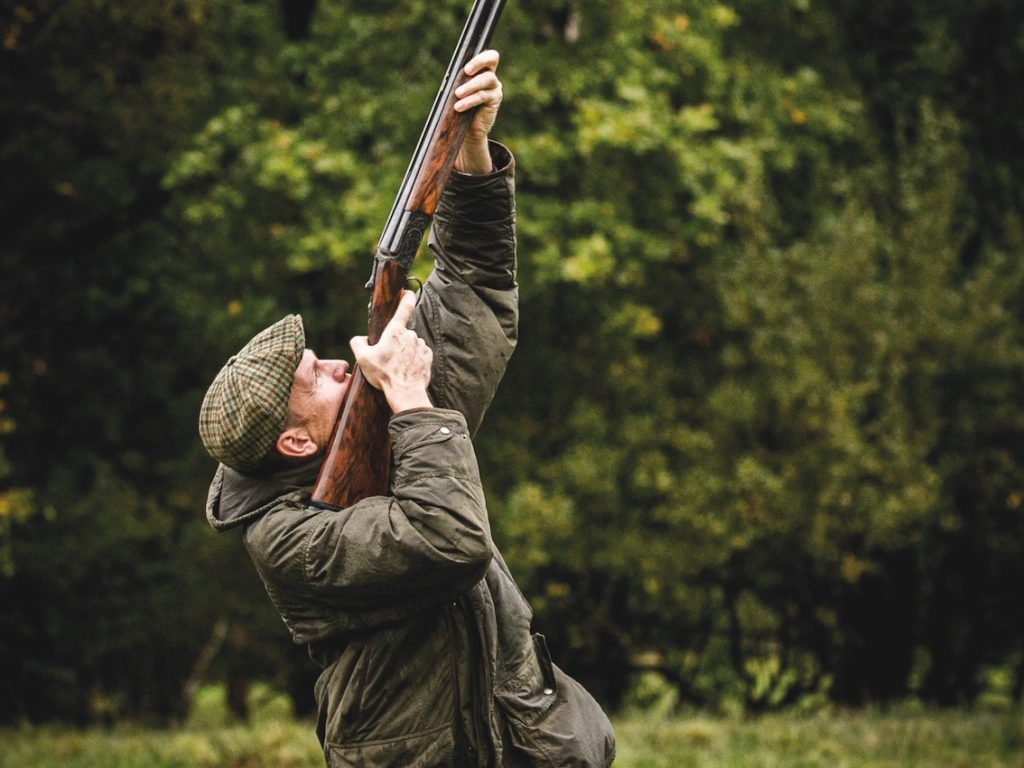Win CENS ProFlex DX5 earplugs worth £1,149 – enter here
Muirburn: time to fight fire with fire
With wildfires increasing, it’s time to let experts handle the problem.
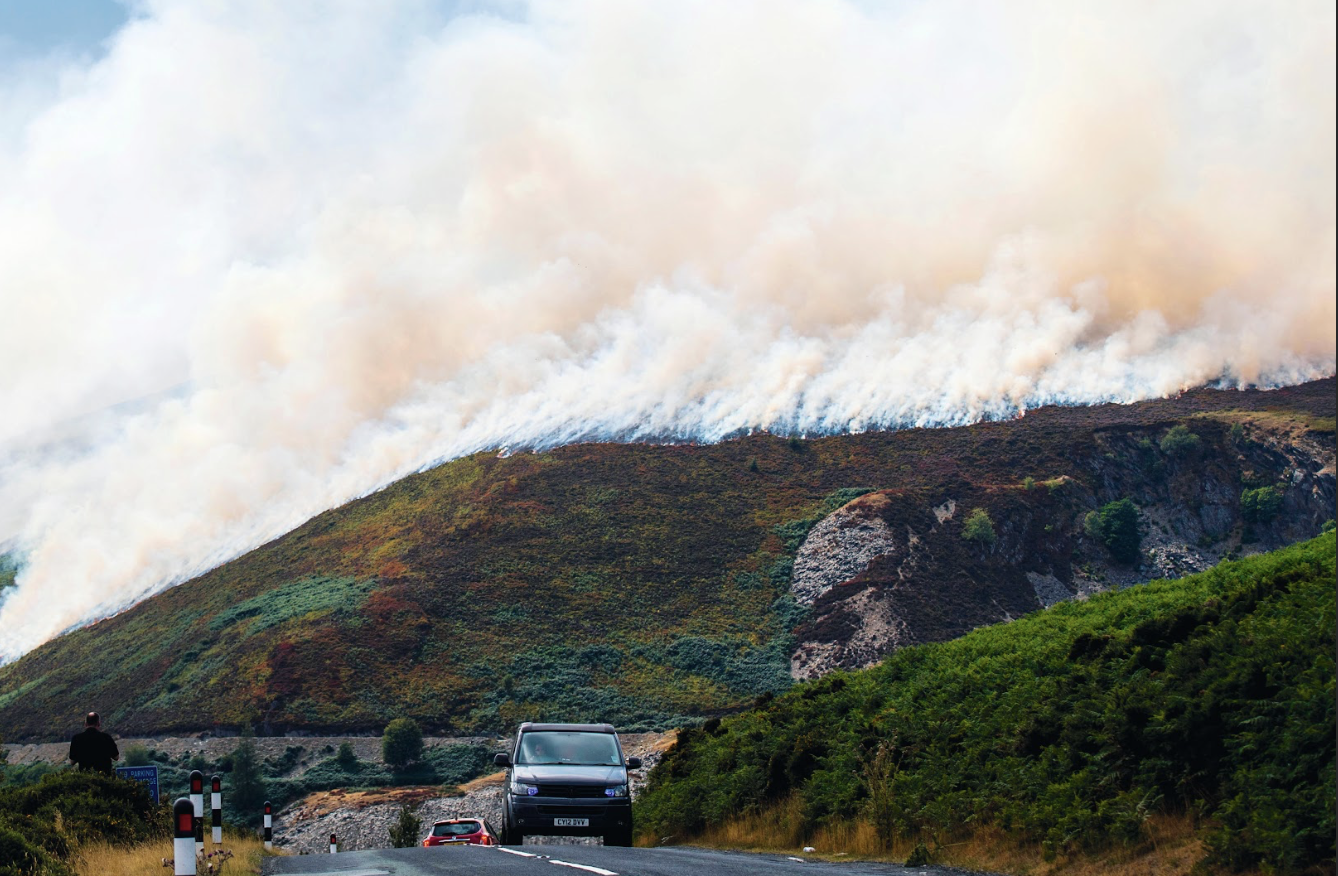
Wildfires are becoming more common
Britain’s uplands face a growing threat. Summers are hotter and drier, and wildfires are no longer rare. By April 2025, over 280 wildfires had already occurred – more than 100 above the same period in 2022. That year’s record-breaking temperatures saw fires destroy vital habitats, threaten wildlife, and put rural communities in danger.
These are not isolated seasonal events. Instead, they reflect climate change, reduced active management, and a slow move towards land abandonment. Calls to “rewild” often overlook that uplands are working landscapes. One of the most effective ways to protect them is an old but proven tool – controlled cool burning, or muirburn.
The benefits of Muirburn
Managed grouse moors show muirburn’s real value. Carried out in winter and early spring, it improves habitat for red grouse while also cutting the “fuel load” – the build-up of dry plants that feeds wildfires. Without muirburn, this material piles up year after year, turning moors into dangerous tinderboxes.
Uncontrolled wildfires burn deep into peat, releasing carbon, killing soil life, and damaging fragile ecosystems. They can smoulder for weeks, causing long-term harm. In contrast, shallow, controlled burns stimulate new growth and create firebreaks. These can slow or stop wildfires, giving fire crews more time to respond.
The people best placed to help
Gamekeepers are often best placed to carry out muirburn and to fight wildfires. They know the wind patterns, the terrain, and the fuel levels because they work the land year-round. This local knowledge is the kind of expertise no policy document can replace.
Despite its benefits, muirburn faces growing restrictions. In England, licensing introduced in 2021 added more red tape. Scotland’s 2024 Wildlife Management and Muirburn Act threatens to make the practice even harder. These measures appear driven more by politics than by evidence. As a result, wildfire risks may rise as fuel loads grow unchecked.
Why non-intervention isn’t the answer
Some campaigners want no human intervention. They argue that nature should take its course. However, in a warming, human-shaped world, neglect often leads to ecological decline. Britain’s uplands have always been shaped by grazing, cutting, burning, and careful management. Grouse moors continue this tradition while supporting wildlife, rural jobs, and heritage.
As the climate changes, we need practical tools, not fewer options. Muirburn is one of them. The real fire risk comes from letting ideology decide how we manage the land. If we truly want to protect the uplands, we must listen to the people who know them best.
Read the latest news here.
Related Articles
Get the latest news delivered direct to your door
Subscribe to Shooting Times & Country
Discover the ultimate companion for field sports enthusiasts with Shooting Times & Country Magazine, the UK’s leading weekly publication that has been at the forefront of shooting culture since 1882. Subscribers gain access to expert tips, comprehensive gear reviews, seasonal advice and a vibrant community of like-minded shooters.
Save on shop price when you subscribe with weekly issues featuring in-depth articles on gundog training, exclusive member offers and access to the digital back issue library. A Shooting Times & Country subscription is more than a magazine, don’t just read about the countryside; immerse yourself in its most authoritative and engaging publication.

